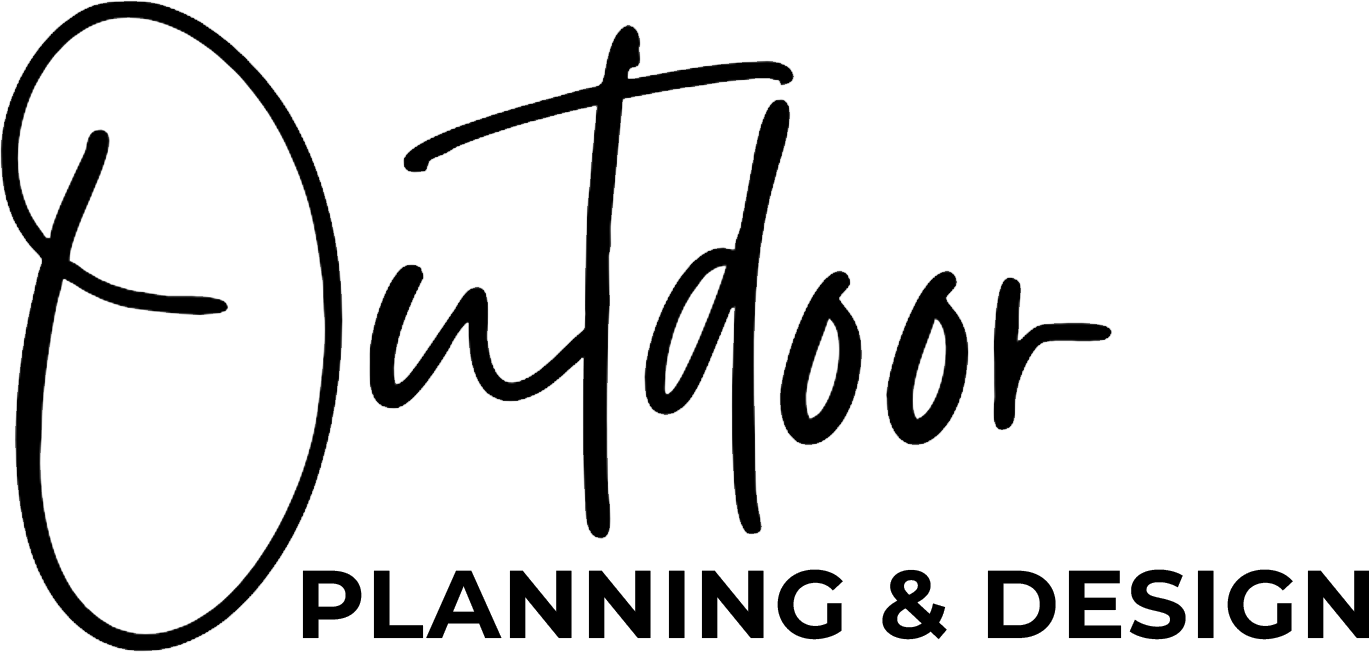TOPOGRAPHY & LAND SURVEYING
In a nutshell:
Topographic data for the entire world is available online, but often, the resolution is low quality and ‘smoothed’
Some counties have high-resolution topography available (E.g. England, USA, Spain, Portugal, Australia, & others, have excellent quality data available)
In the case where high resolution data is unavailable and required, topographic surveys are used to capture land's topography.
To learn about the different types of survey methods available, click HERE
TYPES OF SURVEY WE OFFER:
Retrieval of online public data topography ($)
'Standard' survey - using drone photogrammetry ($)
'Prevision' survey - using drone photogrammetry and control points ($$)
'Precision' survey - using lidar ($$$)
We're happy to talk you through the meaning and implications of the above. Or click here to learn more.
FREQUENTLY ASKED QUESTIONS
-
Topography is the mapping of the earth's 3D surface. It's a way of documenting the landform of an area, including hills, valleys, rivers, and planes.
The data is represented visually by contour lines, therefore, allowing the 3D landform to be understood in a 2D format. Each contour line represents a specific elevation above sea level.
-
Municipal council applications (building permission or re-zoning)
Architectural, infrastructure, and landscape planning.
Creation of a 2D Basemap or 3d model (low or high-resolution topographic data)
High-level water retention strategies and earthworks.
-
There are various ways to get topography data. The answer depends on much precision is required for your specific context.
There is public data (topography) available for the entire world, however, for many regions, the data is low-resolution and therefore may not be too useful. However, Sometimes low-resolution data can provide value regardless, so it all depends on your context and intentions.
Some regions of the world have high-resolution data available online, in which case, we may be able to retrieve your land's topographic data remotely.
If high-resolution topography data is required, yet not publicly available, performing a survey is the solution.
-
No — not all topography is equal, which is why it’s important to discuss this from the outset.
While public LiDAR data can be of excellent quality, many municipalities, architects, and engineers require a licensed topographer to carry out the survey and provide an official sign-off.
In these situations, we work with trusted partners who can deliver certified topographic surveys to meet all regulatory requirements.
-
Prices can vary due to specifications such as:
Precision required (survey method)
Size of the land
Location
Whether there is already public data available of your land
VARIOUS SURVEY METHODS EXPLAINED:
It is not essential for clients to understand this - we are here to provide guidance tailored to your specific context. However, for clients and collaborators who are interested, the following offers optional insight.
DRONE - Lidar
The highest precision available. LiDAR stands for Light Detection and Ranging. It's a technology that uses laser light pulses to measure distances. LiDAR can calculate the distance to the ground or any object on it with very high precision. It's particularly effective in heavily vegetated contexts. (where a photogrammetry approach can fall short of capturing land data beneath foliage)
In some countries, public LiDAR data is available via government websites.
DRONE - PHOTOGRAMMETRY ("PRECISION")
High precision. This is achieved by taking many aerial photographs of the area, (each photo is geolocated) and then 'tying them together' using specialized software.
'Control points' can be used to increase precision. This involves numbered markers fixed onto the ground before the drone flight so that the markers appear in the photos. The markers are geolocated on-site using GNSS technology (Altitude, longitude, latitude) which optimizes the overall precision once images are 'tied' together.
DRONE - "STANDARD"
Moderately precision. This is achieved by taking many aerial photographs of the area, (each photo is geolocated) and then 'tying them together' using specialized software. This gives us the landform (topography)
A survey like this without control points delivers moderately accurate results, perfectly suitable for many contexts.
"MEASURED" SURVEY
This method involves a man on the ground taking specific 'point' data with specialized equipment. In some cases, a rover (vehicle) may be implemented.
The technique delivers high precision- but only at the exact point where a measurement was taken. The rest of the information is interpolated. (The more points taken, the more accurate the topography).
This approach is typically suitable for small-scale contexts, due to the human labor and time required.




